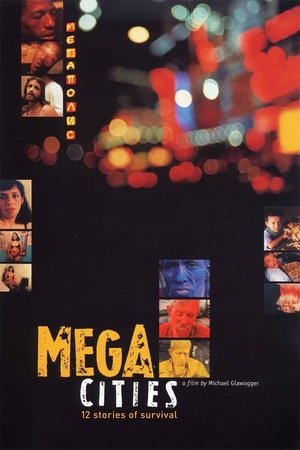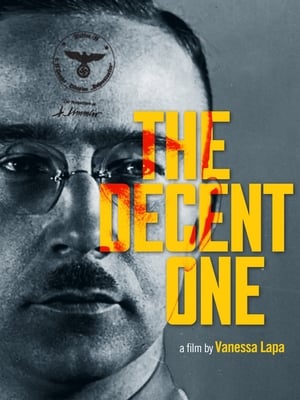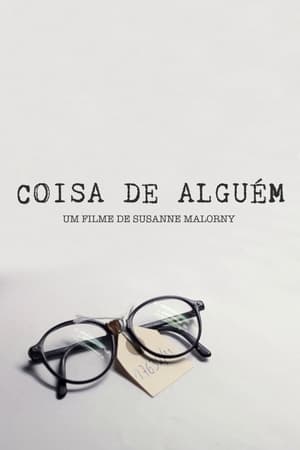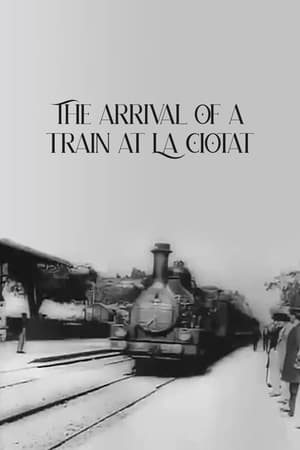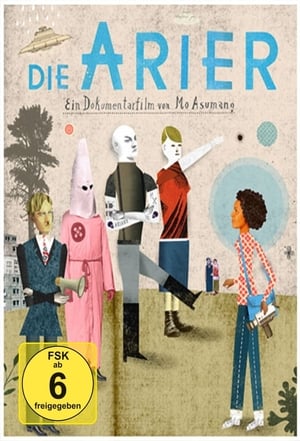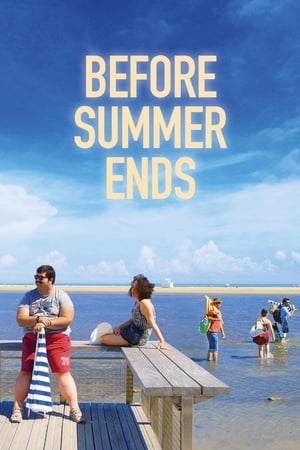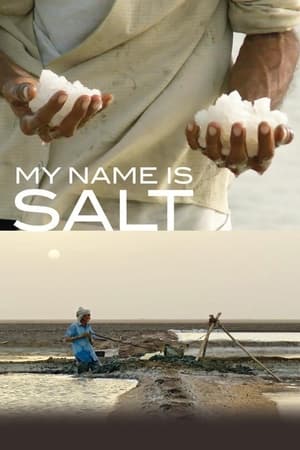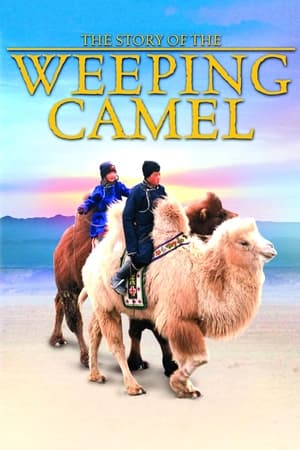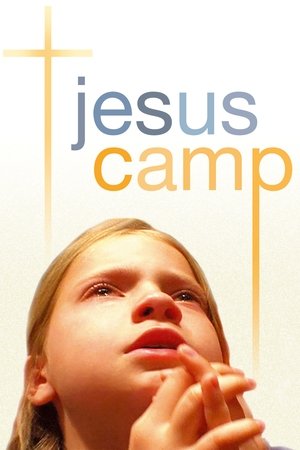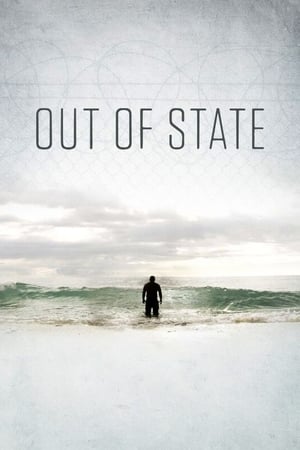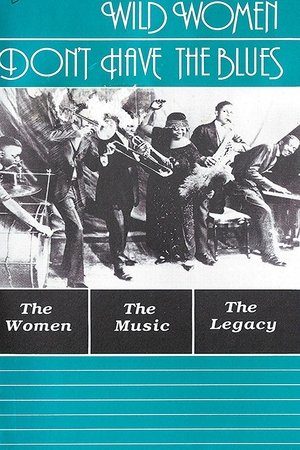Overview
Varda focuses her eye on gleaners: those who scour already-reaped fields for the odd potato or turnip. Her investigation leads from forgotten corners of the French countryside to off-hours at the green markets of Paris, following those who insist on finding a use for that which society has cast off, whether out of necessity or activism.
Reviews
One doesn't normally use the word "fun" and documentary in the same sentence, but Varga has such a unique personality and style that her films are actually fun. The Gleaners and I may be the most fun and yet, Varga delivers the political message with Vaseline. At the same time, we get an education on found art.
The Gleaners and I is a documentary about gleaning as both a physical and metaphysical activity. Director Agnès Varda is herself a meta-gleaner; she’s a gleaner of gleaners the same way that Jesus was a fisher of men.
The film is a confluence of the practical and the artistic. Many of the people in the movie glean to eat (their children sing a revealing ditty: “Monday, potatoes/Tuesday, potatoes/Wednesday, potatoes again/Thursday, potatoes/Friday, potatoes/Saturday, potatoes again/Sunday, potatoes au gratin”). For others is a chosen lifestyle, or a hipster hobby.
And for Varda, it is an aesthetic endeavor; “I'm not poor, I have enough to eat,” she said in an interview, pointing to “another kind of gleaning, which is artistic gleaning. You pick ideas, you pick images, you pick emotions from other people, and then you make it into a film.” Thus, while most of the gleaners in the film collect objects they can use, Varda chooses a useless object – a handless clock – and repurposes it as an ornamental piece.
The Gleaners and I is almost 100% wheat except for the chaff of self-indulgence. The film gains a lot of momentum when Varda simply observes, and one of its greatest pleasures is how the filmmaker makes room for spontaneous diversions, becoming sidetracked in the pursuit of beautiful things and interesting people.
This momentum is lost when Varda points the camera at herself, a mistake that is obvious to everyone but her; in fact, in a follow-up released two years after the original film, one of her interviewees tells her, after watching the documentary, that the scenes she devotes to herself are “unnecessary”. That said, Varda does deserve a lot of credit for her ability to find beauty in the most unexpected places, both in the countryside and in the city, filming with one hand, and gleaning with the other.

 82 min
82 min
 7.631
7.631
 2000
2000
 France
France
 badelf wrote:
badelf wrote: